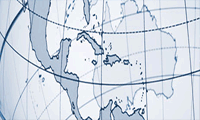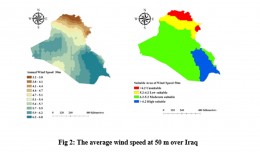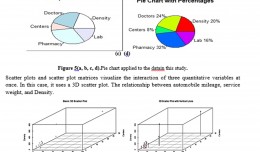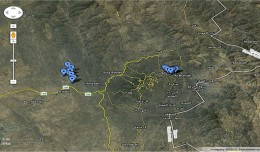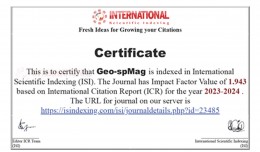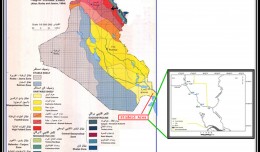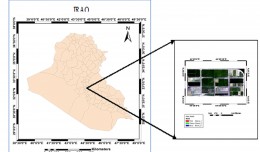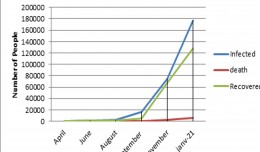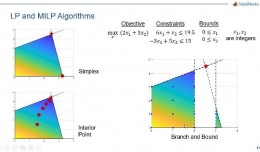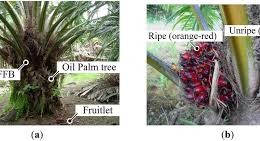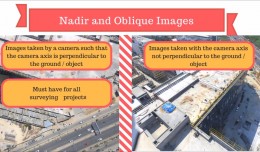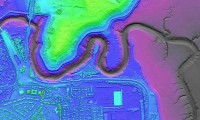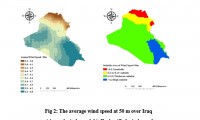Monitoring of Mosul Reservoir Using Remote Sensing TechniquesFor the Period After ISIS Attack in 9 June 2014
Lecture: Muthanna Mohammed Abdulhameed AL Bayati
University of Technology – Baghdad- Building and Construction Dept
1- Introduction
The Mosul Dam is the fourth largest dam in the Middle East,(1)established in 1986 to obstructing about 11 billion cubic meters of water from rushing down the Tigris River towards Mosul then to Baghdad.(2) Regarding to structural surveys from the Union of Iraqi Scholars and the US Army Corps of Engineers, the dam is threatening imminent collapse, which would affect the lives of millions of Iraqis living downstream of the dam – ultimately killing anywhere between 500,000 to 1.47 million people.(1) Therefore it takes the interesting of many researches and studies, this is one of them.
Many studies used remote sensing techniques to monitor water bodies. Coloring method used to recognize the details of Delta in the mouth of the Mackenzie River in Canada, with an area of about 12 O00 km2 and containing thousands of small lakes and hundreds of kilometers of river channels (3).
Optical and thermal bands of satellite images provide both spatial and temporal information used to understand changes in water quantity and quality in more than 20,000 water bodies across America(4). Reflectance in the range from 400 to 950 nm used to monitor water bodies to evaluate water quality and pollution (5), the same range of visible and near infrared used in this study.
 English
English  Français
Français  العربية
العربية 


